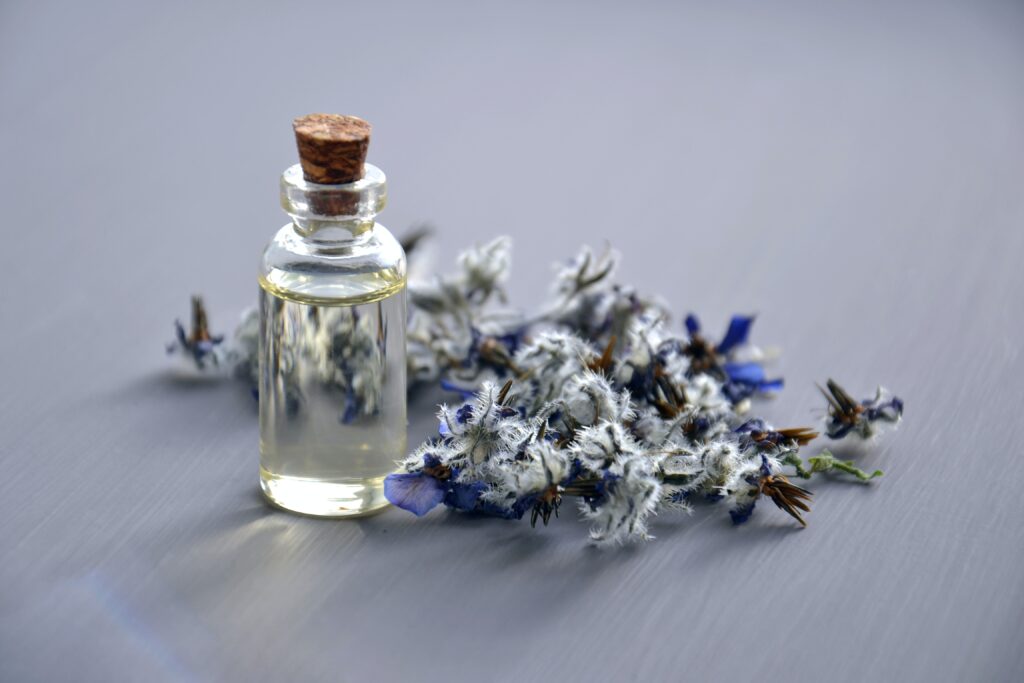
Healing in the Garden
I have been gardening for many years at my home in Novato, and from my garden I harvest more than just food. It’s also where I find my daily medicine. When I say medicine, I mean it both in the literal sense, such as picking a lemon for a cup of throat-soothing honey lemon tea, but I also mean mental and emotional healing. In these times of increased stress, inhaling the scent of my lavender shrub and my native sage bush brings me back to earth and back in my body. Coming back inside after a long gardening session with sore muscles and dirt under my nails is my workout and my therapy.
And it’s not all in my head. There is a growing recognition that when we put our hands into the soil, it’s good for us. Organizations that provide mental health services to people through gardening are popping up everywhere. In Georgia, Comfort Fams is one of many nonprofits which uses sustainable faming to help veterans grappling with depression, anxiety, and even PTSD. The Oakland-based nonprofit Planting Justice an amazing program in our own backyard, has a mission to empower people impacted by mass incarceration and other social inequities with the skills and resources to cultivate food sovereignty, economic justice, and community healing.” The action of tending plants in order to heal the body and spirit is powerful, and the benefits are real.
There are many ways to reap these amazing benefits. The first is the simple act of being outside in the fresh air, taking in the sights and sounds and smells. Just being outside is no small thing. The neurologist and writer Oliver Sacks puts it so eloquently when he explains: “I cannot say exactly how nature exerts its calming and organizing effects on our brains, but I have seen in my patients the restorative and healing powers of nature and gardens. In many cases, gardens and nature are more powerful than any medication.” Whether pulling weeds or just sitting amidst the flowers, being outside has a healing power that we are just beginning to understand.
Of course, one obvious health benefit of keeping a garden is that our vegetable plots can provide us an array of tasty organic foods. But for me, the herbs I tend are as important, if not more so, as the vegetables that I grow for my table. Herbs are the foundation of the oldest systems of healing on the planet, and an herb garden is a lovely place for a beginner to start developing her green thumb. Herbs are tenacious, hardy, and simple to grow, most will be equally happy in a oontainer on the patio or planted in the ground. They seem to thrive in less than ideal conditions. This quality, I believe, is the source of some of their medicine: they show us resilience.
Using herbs for cooking is a practice that’s as old as time. According to renowned herbalist Rosemary Gladstar, “If you use herbs in cooking, then you’ve already taken the first step in using herbal medicine.” Nothing compares to marinara made with your own freshly picked basil, although you don’t have to be a chef to incorporate fresh herbs into your diet. It can be as easy as snipping fresh oregano or rosemary over top of the pizza you ordered, or putting a sprig of mint into your water bottle. It’s really that simple.
Making herbal teas fresh from a home “tea garden” is a practice that can easily be incorporated into a healthy lifestyle. Chamomile, lavender, lemon balm, thyme, mint, lemon verbena, rose petals, and my new favorite, holy basil, are all lovely choices for a tea garden. They can be used singly or in combination to create different flavors. Simply steep the freshly snipped herbs in boiled water for 10-20 minutes, strain and drink. Sweeten if desired.
Using herbs on your skin is another heavenly way to enjoy your harvest. Natural bath and beauty products are wildly popular, and they’re so easy to make at home! Resources abound on this topic, and if you are interested there is a whole world out there to explore. I love making a simple herbal bath soak by putting a handful of fresh herbs into a mesh or cotton bag and dropping it into a bathtub. The bag keeps the plants from clogging your drain, and allows the oils and scents to infuse into the water, much like steeping a giant cup of tea. Lavender, rosemary, rose and calendula are all particularly nice.
With many of us spending more time that usual these days at our homes, I hope that you, my neighbors, are able to find solace in nature. Whether you are out in your yard, on your patio, or on a neighborhood walk, don’t forget to stop and smell the roses. Plants can be our companions and our guides if we let them; we just have to open the door and step out.
Lavender Bath Soak
1/2 cup lavender flowers 1/4 cup mixed flowers such as chamomile, rose, or calendula (optional) 1/4 cup oats 1/4 cup Epsom salts
Combine all ingredients in a cotton or fine mesh bag, or wrap in a piece of fabric or cheesecloth, bundle and tie shut. Put the bag into hot bathwater, and enjoy.
Iced Lemon Verbena Tea
4-5 4-inch springs of Lemon Verbena 24 oz (3 cups) boiling water 1-2 TBS honey
Roll the herb sprigs between your hands a few times to crush and release the oils in the leaves. Pour the boiling water over the Lemon Verbena in a heat-safe container such as a teapot or a 1 quart mason jar. Let the tea steep for 20 minutes. Strain out the plants, and add honey. Place in the refrigerator to chill, or pour over ice.

I love connecting people to nature and teaching people how to grow their own food. Gardening and cooking with local produce have always been a part of my life. I’ve been growing plants since I was a child, and have more recently spent years working on an organic farm growing heirloom fruits and veggies for a high-end Bay Area catering company. I also have experience teaching gardening in Novato schools. The stars aligned as I am bringing together my degree in Illustration and Design from Syracuse University with my passion for gardening to the field of Landscape Design. I am currently earning an Ecological Landscape Design certificate from the Permaculture Skills Center in Sebastapol, CA.
Please visit my website: lemonsandlavendergardens.com
